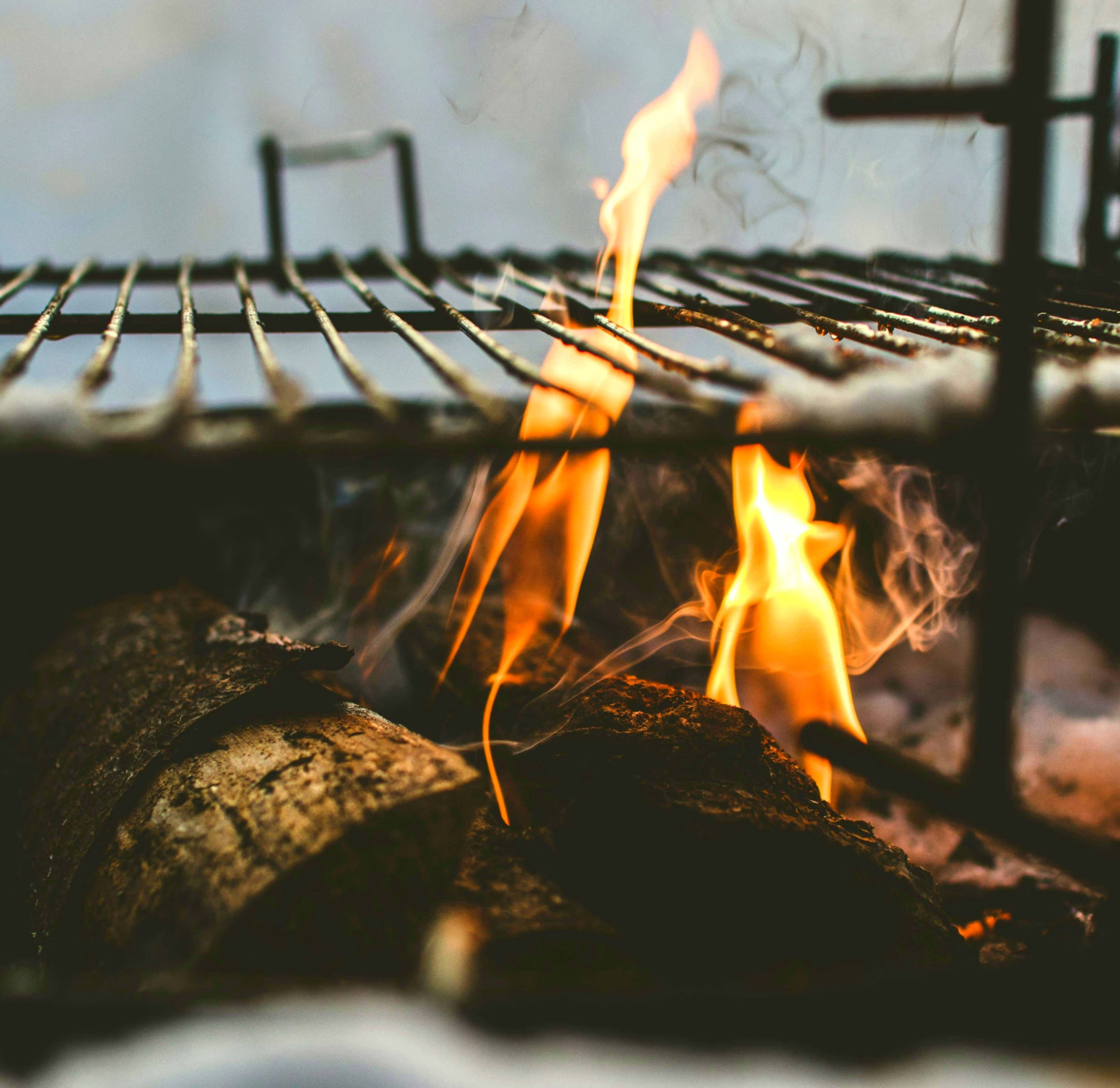How to choose barbecue ingredients? Preparing ingredients and grilling is often hectic, especially since barbecues are often held outdoors or at home. It’s easy to overlook details. Before you start shopping and preparing, here are some tips for buying and grilling.
How to choose barbecue ingredients?
Pork should be bright red, and meatballs should have no odor or be overly pale.
When buying at traditional markets or supermarkets, remember to check the freshness of the ingredients. For example, pork should be a fresh, bright red color, not a dark red from age. Seafood should be purchased the same day. Some people choose meat that has been pre-marinated by the vendor. Choosing meat with clear brand, source, and ingredient labels is a crucial step in screening.
Choose reputable sources for processed ingredients. When choosing retail processed meatballs, first observe the appearance and storage condition of the ingredients. For example, squid balls and fish paste balls should not be too white, as they may have been bleached with sulfites to attract customers. Also, make sure the ingredients have been refrigerated and not left at room temperature for too long.
Remember to buy some vegetables.
Don’t forget to choose some vegetables to balance meat and vegetables. Vegetables that are not mushy and low in moisture are suitable for grilling, such as baby corn, green peppers, onions, and scallions. Mushrooms like shiitake, king oyster, and enoki mushrooms are low in calories and contain dietary fiber, which aids digestion and gastrointestinal motility. Be sure to include them on your list.
Select barbecue utensils and cutlery that clearly indicate their source and are fully labeled. Pay attention to the appearance, absence of peeling or scratches, and heat resistance.
Before grilling: Chopping and marinating ingredients is a time-saving trick.
Before grilling, wash, cut, and marinate the ingredients at home to avoid inconveniences in handling ingredients or a lack of clean water at the barbecue location.
Marinating the meat with garlic, spices, and various sauces not only adds a variety of flavors but also speeds up grilling.
Pre-marinating and improving the meat’s texture can help prevent tough grilled slices. Use fruit purees like pineapple and kiwi, then marinate with sauces. The enzymes in the fruit break down the meat’s proteins, helping it soften and improve the texture when grilled.
When grilling: Avoid mixing raw and cooked food and utensils.
Outdoor barbecues lack refrigeration, so be sure to prepare insulated boxes and ice packs to keep fresh food cold for longer. However, this is only effective to a limited extent. Grill and consume food quickly to avoid leaving it at room temperature for extended periods before it’s fully cooked.
When grilling, it’s easy to forget to use separate utensils for raw and cooked food. Using tongs to pick up raw meat and then flipping cooked meat is a serious mistake. To prevent cross-contamination of bacteria, leading to food poisoning and severe discomfort, here are some recommended practices:
Use separate grilling tongs for raw and cooked food, marking them with color or clear stickers.
Place raw and cooked ingredients and tableware in separate areas.
Use different materials for raw and cooked tableware to make them easier to distinguish. For example, use paper plates for raw food and regular bowls and plates for cooked food.
When grilling: Avoid burning. Steam first, then grill.
Burning food or undercooking it during grilling is a concern.
Potential carcinogens, such as polycyclic aromatic hydrocarbons, are easily produced after grilling or during grilling. Fat dripping onto the charcoal during grilling can also produce carcinogenic fumes. It is recommended to pay close attention to the situation and avoid eating food that is burnt.
For ingredients that need to be cooked through or to avoid burning or dripping fat, use tin foil. Keep a supply of tin foil and grill racks on hand for frequent replacement. For ingredients that require more time to cook, steam them at home before grilling to reduce the risk of burning.
The center temperature of ingredients after baking should reach around 70°C to be considered done. Fish and seafood can be tested with a fork to see if they pierce through without sticking to the utensils. Meat should be inspected for doneness and free of blood. For the sake of your stomach and health, remember to be considerate to yourself and your loved ones.


Leave a Reply